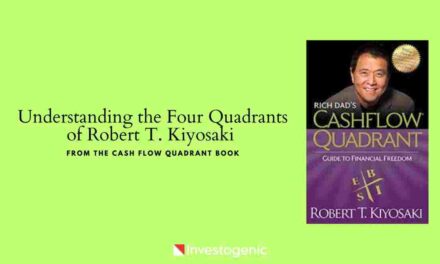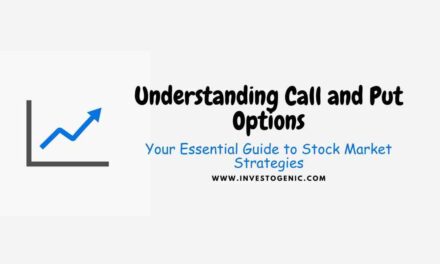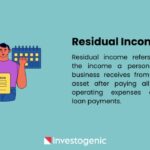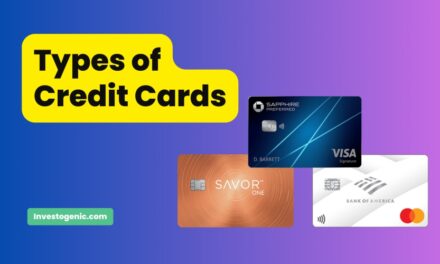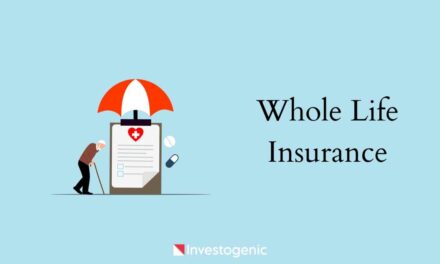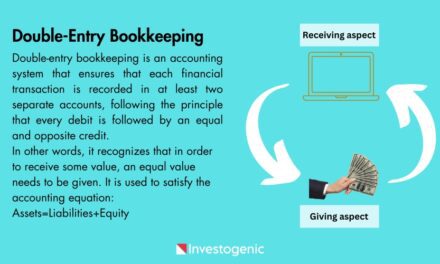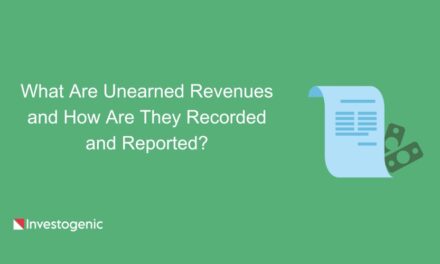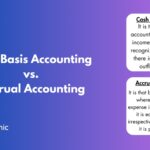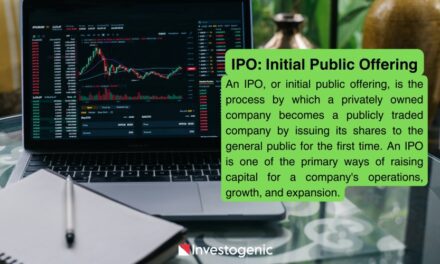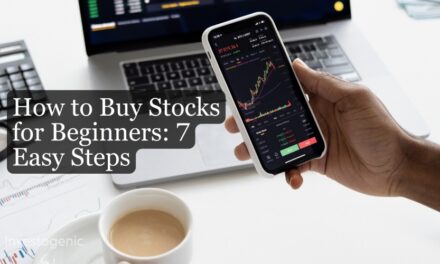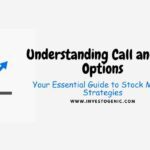
Four Quadrants of Robert T. Kiyosaki from the Cashflow Quadrant book

Rich Dad’s Cashflow Quadrant: In the world of personal finance and wealth-building, few authors have made as significant an impact as Robert T. Kiyosaki. His groundbreaking book, “Rich Dad’s Cashflow Quadrant”, has always been at the forefront as an icon of financial wisdom. In this compelling work, Kiyosaki introduces readers to a transformative framework called the “Cashflow Quadrant”, which sheds light on the fundamental ways people earn income and build wealth.
On the third page of his book “Rich Dad’s Cashflow Quadrant,” Robert writes that his rich father used to say, “You can never have true freedom without financial freedom.” “Freedom may be easy to come by, but it has a price.” Robert T. Kiyosaki has dedicated his book to only those people who are ready to pay this price.
This blog post explores the implications of the quadrants outlined in the “Rich Dad’s Cashflow Quadrant,” highlighting a path to financial freedom by transitioning from active to passive income sources. It underlines the importance of financial education and guidance, emphasizing that achieving financial prosperity and independence is an ongoing journey of growth and empowerment. Kiyosaki’s timeless wisdom serves as a guiding light for anyone wanting to understand the Cashflow Quadrant and unlock the secrets of financial success.
The Cashflow Quadrant Demystified
The “Rich Dad’s Cashflow Quadrant” introduces a transformative framework that categorizes individuals into four distinct quadrants, each of which represents a unique approach to earning income and building wealth. In this groundbreaking work, Kiyosaki highlights the mindset and level of financial freedom associated with each quadrant: employee (E), self-employed (S), business owner (B), and investor (I). Employees enjoy stability but limited financial control, while the self-employed have more freedom but often face income instability. Business owners take advantage of the system for income, and investors let the money work for them, offering the highest financial freedom.
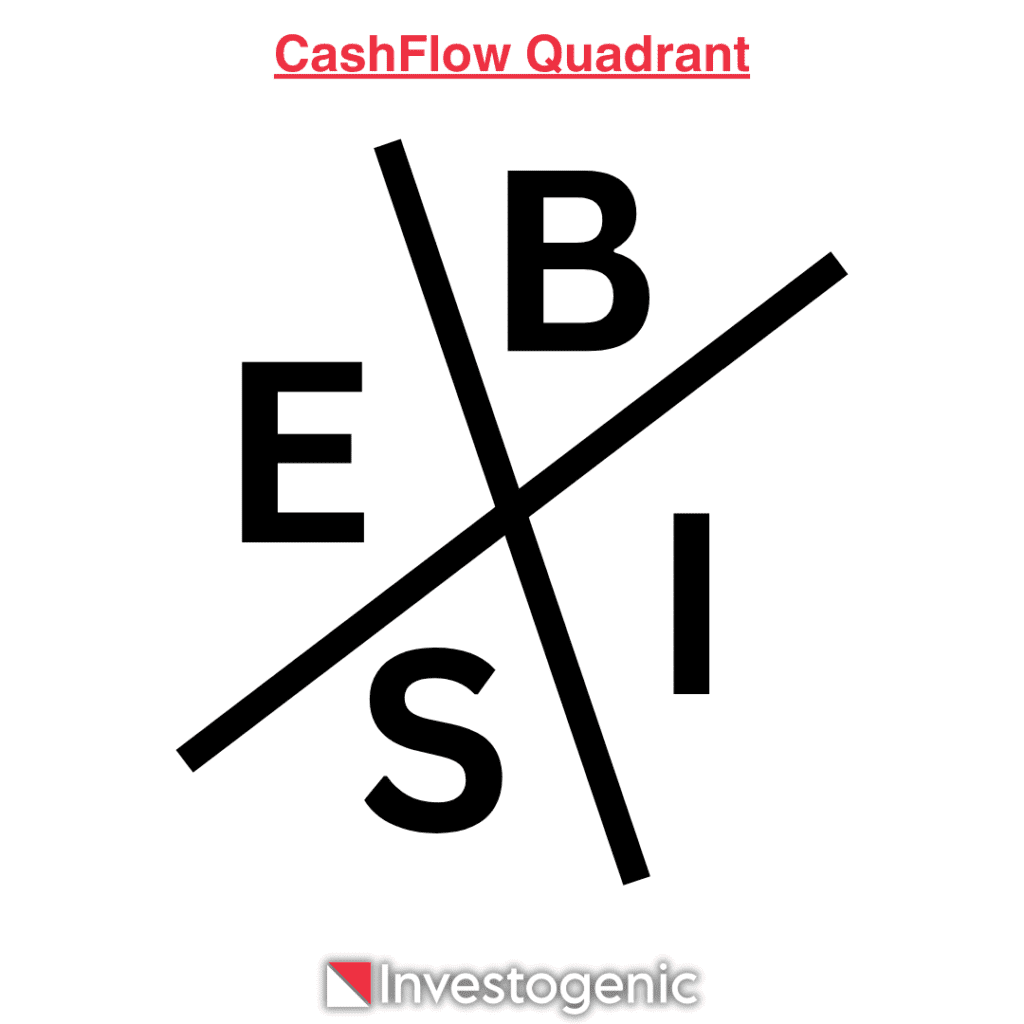
The letters of the quadrants mean:
E: Employee
S: Self-employed
B: Business owner
I: Investors
Before we dive into each of the four quadrants, it’s crucial to understand the essence of the Cashflow Quadrant itself. Imagine a simple four-cell diagram divided into four quadrants, each representing a different way of earning income:
Quadrant 1: E (Employee)
The first quadrant, labeled ‘E,’ represents the majority of the working population. Employees are individuals who work for someone else, typically in exchange for a fixed salary or hourly wage. They are the backbone of many organizations, contributing their time and expertise in exchange for a steady paycheck. While employment offers stability, it often comes at the cost of limited control over one’s financial future and minimal opportunities for significant wealth creation.
Quadrant 2: S (Self-Employed)
The ‘S’ quadrant is occupied by self-employed individuals, including freelancers, consultants, and small business owners. Unlike employees, they work for themselves, have more control over their work, and potentially enjoy higher income potential. However, self-employed individuals often find themselves trapped in their businesses, trading time for money, and facing challenges such as income volatility and a lack of scalability.
Quadrant 3: B (Business Owner)
Moving to the right side of the Cashflow Quadrant, we encounter the ‘B’ quadrant, which stands for Business Owner. Business owners are individuals who have built systems and processes to generate income independently. They leverage the efforts of others, including employees and self-employed individuals, to create wealth. This quadrant offers significant potential for financial success and passive income but comes with the responsibility of managing a business and its associated risks.
Quadrant 4: I (Investor)
The final quadrant, ‘I,’ represents Investors. Investors are individuals who use their capital to generate passive income through investments such as stocks, real estate, bonds, or businesses. Unlike employees, self-employed individuals, or even business owners, investors let their money work for them. This quadrant offers the highest level of financial freedom and the potential for exponential wealth growth.
Different people have different ideas about money.
If you have read the book Rich Dad, Poor Dad, then you will know that this book is about the different lessons that Robert T. Kiyosaki was given by his two fathers about money and life choices. One was his real father, and the other was his best friend’s father. One was highly educated, while the other had left high school incomplete. One was poor and the other rich.
Robert T. Kiyosaki writes in the book that whenever I was asked this question, “What do you want to be when you grow up?”
So my highly educated but poor father always advised me to go to school, get good grades, and then find a secure job.”
He always advised people to follow this path in life.
Poor Dad always advised me to become a high-paid “E” employee or a high-earning “S,” i.e., a self-employed professional, like a doctor, lawyer, or accountant. My poor father used to worry a lot about a stable salary, other facilities, and job security. That’s why he was a high-paid government official and the head of education for the state of Hawaii.
On the other hand, my rich but uneducated father gave completely different advice.
“Go to college, graduate, build a business, and become a successful investor.”
He always advised people to follow this path in life.
This is the mindset of two different people, which this book talks about. We live in at least one of the four cashflow quadrants. Where we are is determined by where our income comes from. Most of us are salaried and hence employees, while the rest have their own businesses or are self-employed. Employees and self-employed people fall on the left side of the cashflow quadrant. The right side of the cash flow volume includes those who earn income from businesses or investments they own. The Cashflow Quadrants are about the four different types of people who run the business world. This book explains what is unique about the people in each quadrant. Here, we will know in which quadrant you are today. This will also help you map out the journey to where you want to be in the future. Your future will depend on which path you choose to financial freedom. Although financial freedom can be found in all four quadrants, “B” or “I” abilities will quickly get you to your financial goals. What is a successful “E” must also become a successful “I.”.
You can make money in all four quadrants.
Most of us have the ability to make money from all four quadrants. Which quadrants you or I choose to earn our basic income has little to do with what we learned in school and college. It has more to do with what is at our core—what our central life values, strengths, weaknesses, and interests are. These fundamental differences at our core are what attract or repel us toward one of these quadrants.
But if we let it be what we “do” professionally, we can work in all four quadrants. For example, a doctor can earn his or her income from “E” if he or she works as an employee. He works in a big hospital, works in a government hospital, is a doctor in the army, or is on the staff of an insurance company.
The same doctor can also earn money as “S.” He can start his own private practice as a self-employed person, open his own clinic,
You can hire staff and build your own personal list of customers.
Or it may also decide to become Doctor “B.” He can become the owner of a clinic or laboratory. He can hire other doctors on his staff. Perhaps this doctor will also hire a business manager to run this business. In this situation, the doctor will be the owner of this business, but he is not required to work in it. It is also possible that the doctor may decide to form a company that has no connection with the medical field while working as an employee somewhere else. If this happens, this doctor will earn his income as “E” and “B.”.
The doctor, as “I,” can earn money by investing in someone else’s business or through investments such as the stock market, bond market, and real estate.
The important thing is “where the income comes from.” What we do is so much
It is not as important as where our income comes from.
There are different ways to earn money.
More than anything, the internal differences in our core values, strengths, weaknesses, and interests influence the way we choose to earn income. Some people love being employees, while others hate it. Some people like owning companies but don’t like running them. Other people enjoy owning and running companies. Some people like to invest. Whereas others only see the risk of losing money in it. Most of us have a little bit of each of these four character types. If we want to be successful in all four quadrants, it means that we have to reorient our inner core life values.
You can be rich or poor in all four quadrants.
It is also important to know that you can be rich or poor in all four quadrants. There are such people in every quadrant who have earned lakhs and crores of rupees or who have gone bankrupt. Being in one quadrant or the other does not guarantee financial success.
Not all quadrants are equal.
By knowing the different characteristics of each quadrant, you will be in a better position to decide which quadrant or which quadrants may be best for you. For example, Robert T. Kiyosaki chose to work in the “B” and “I” quadrants because of tax benefits, among other reasons. For most people working on the left side of the quadrants, there are very few legal avenues available to avoid taxes. But there are many legal ways to avoid taxes on the right side of the quadrants. The “B” and “I” quadrants allow you to make money faster and keep that money working for you for longer periods of time, as they avoid paying a large portion of the money earned as taxes.
The Path to Financial Freedom
Now that we have a clear understanding of the Cashflow Quadrant, let’s explore the profound implications of each quadrant and how they shape our financial destinies:
Employee (E) Mindset and Income
Stability and Security: Employees enjoy the security of a regular paycheck, benefits, and a predictable work routine.
Limitations: The ‘E’ quadrant is characterized by limited control over one’s time, income, and financial future.
Wealth Creation: While employment provides a stable income, it seldom leads to significant wealth creation without supplementary financial strategies.
Self-Employed (S) Mindset and Income
Independence: Self-employed individuals have more autonomy over their work and potentially higher income potential.
Challenges: The ‘S’ quadrant often involves long hours and a high degree of personal involvement in the business.
Scalability: Scaling a self-employed venture can be challenging, as it typically relies on the owner’s time and effort.
Business Owner (B) Mindset and Income
Leverage: Business owners leverage the efforts of others to generate income and build wealth.
Responsibility: Managing a business comes with responsibilities, including leadership, decision-making, and risk management.
Passive Income: Successful business owners can enjoy passive income streams and financial independence.
Investor (I) Mindset and Income
Financial Freedom: Investors achieve financial freedom by letting their money work for them.
Diversification: Investing allows individuals to diversify their portfolio across various asset classes and reduce risk.
Lifelong Learning: Successful investors continuously educate themselves to make informed decisions and maximize returns.
There are different types of credit cards available on the market. Credit cards are generally classified into different types according to the benefits they provide to their users. In such a situation, it becomes difficult to choose the best credit card for yourself. READ MORE
Moving Between Quadrants
One of the central messages of Kiyosaki’s Cashflow Quadrant is that financial success often involves moving from the left side of the quadrant (E and S) to the right side (B and I). This shift represents a transition from active income (earned through work) to passive income (earned through investments and systems). Here’s how individuals can make this transition:
- Transition from E to S: Many people start by transitioning from the ‘E’ quadrant to the ‘S’ quadrant. They might become self-employed professionals or start small businesses. This shift offers more control and income potential but often requires hard work and dedication.
- Transition from S to B: The next step involves transitioning from self-employment to business ownership. This shift requires creating systems and processes that allow the business to operate independently of the owner’s direct involvement. Scaling the business is a key objective in this phase.
- Transition from B to I: Once a successful business is established, the owner can begin the transition to the ‘I’ quadrant by investing profits into income-producing assets. Over time, the goal is to build a diversified portfolio of investments that generates passive income.
- Investing from E or S: Individuals who remain in the ‘E’ or ‘S’ quadrant can still achieve financial independence by investing a portion of their earnings in assets that produce passive income. This is a critical step in creating long-term financial security.
The Importance of Financial Education
Regardless of which quadrant you currently find yourself in, Robert Kiyosaki emphasizes the importance of financial education. Understanding the principles of money management, investing, and wealth-building is the key to making informed financial decisions and moving toward financial freedom. Kiyosaki advocates continuous learning and seeks guidance from mentors who have achieved success in the ‘B’ and ‘I’ quadrants.
Conclusion
Robert T. Kiyosaki’s Cashflow Quadrant provides a fascinating framework for understanding how people earn income and build wealth. This helps you identify which quadrant you are currently in and how to strategically move towards “B” and “I.” It prepares you to move beyond job security and step into the world of financial freedom so that you can control your financial future.

